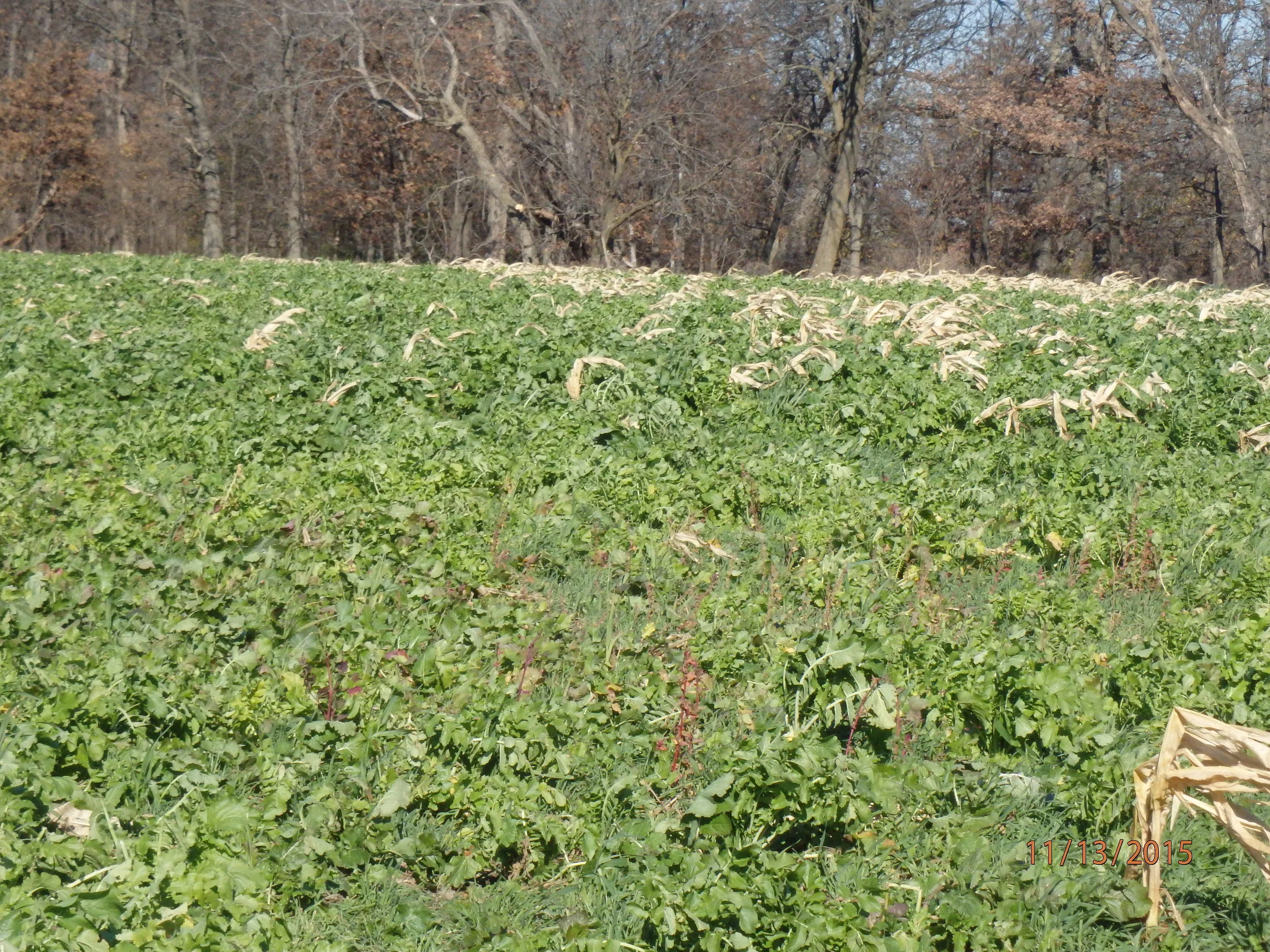stream buffers
Description
A buffer is a vegetated area strategically placed between cropland and a stream or other water body that acts as a filter. Buffers along streams come in many sizes and shapes and can host a diverse plant population. Many factors influence buffer performance including buffer width, vegetation type and age, and depth to the water table.
Benefits
Buffers are designed to settle sediment and sediment-bound N and P, along with retaining nitrate-N and dissolved P. Research indicates an average nitrate-N concentration reduction of 91% for water passing through a buffer root zone and a 58% reduction in P contained in sheet flow. Riparian buffers also can reduce P delivery to water bodies by stabilizing stream banks. Buffers provide wildlife habitat, sequester carbon, reduce greenhouse gas emissions, and potentially reduce flood impacts.





